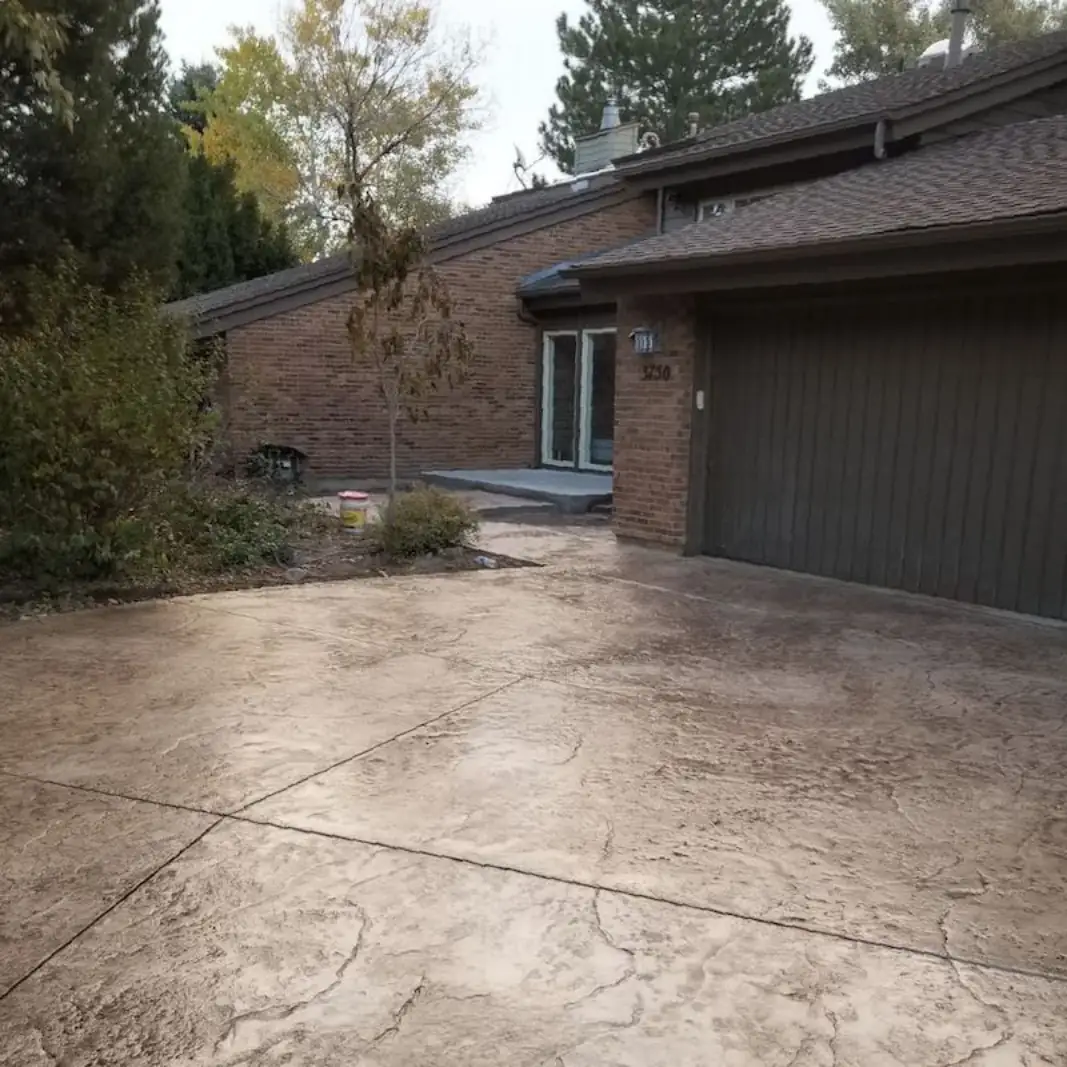Flatwork is a term that refers to the level surfaces created during construction, typically using concrete, asphalt, or pavers. It forms a fundamental component of many construction projects, serving as a base for various applications and contributing significantly to the functionality and aesthetics of spaces. Understanding the intricacies of flatwork is essential for homeowners, builders, and contractors alike, as it enables informed decisions during the planning and execution of construction projects.
Types of Flatwork
Flatwork can be categorized into several types of surfaces, each serving unique purposes and applications.
Concrete Flatwork
Concrete flatwork is among the most common types used in construction. This includes driveways, patios, and sidewalks made from poured concrete.
- Uses: Durable and versatile, concrete flatwork can be finished in a variety of ways—smooth, textured, stamped, or stained—to meet aesthetic preferences while maintaining structural integrity.
Paved Surfaces
Paved surfaces differ from decorative paving in that they typically focus on function over form.
- Description: These surfaces may include concrete slabs or interlocking pavers used for roads or parking lots, designed to withstand vehicular traffic.
Asphalt Flatwork
Asphalt is another prevalent material, especially used in roadways, driveways, and parking areas.
- Application: Asphalt flatwork is known for its flexibility and cost-effectiveness, offering an alternative to concrete that can absorb minor ground shifts and reduce cracking.
Specialty Surfaces
Innovations in materials have led to the development of specialty surfaces that serve specific needs.
- Examples: Permeable concrete allows water to pass through the surface, promoting effective drainage and reducing runoff. Stamped concrete, on the other hand, mimics the look of stone or brick while utilizing traditional concrete properties.
Common Applications of Flatwork
Flatwork finds application in various segments of construction, enhancing accessibility and functionality in the following areas:
Driveways
Both residential and commercial driveways benefit from flatwork, providing durable surfaces capable of supporting heavy loads and regular vehicular traffic.
Sidewalks and Walkways
These vital elements of urban and suburban design ensure pedestrian access and safety, forming necessary connections throughout neighborhoods.
Patios and Outdoor Spaces
Flatwork significantly enhances outdoor living areas, creating inviting spaces for relaxation and social gatherings. Homeowners can create stylish patios using concrete, brick, or paving stones.
Commercial Areas
Flatwork is equally important in commercial settings, where it is used in shopping centers, factories, and warehouses. These spaces demand reliable surfaces that can withstand heavy equipment and high foot traffic.
Benefits of Flatwork
Choosing flatwork for construction projects offers numerous advantages that cater to both residential and commercial needs.
Durability
Flatwork surfaces are renowned for their long-lasting characteristics, capable of withstanding extreme weather conditions and continuous use.
Cost-Effectiveness
When compared to other forms of finishing, flatwork generally presents a better return on investment. Its long lifespan reduces the repetitive costs associated with frequent replacement.
Versatility
Flatwork demonstrates remarkable versatility and is suitable for various applications, including custom designs and finishes that meet aesthetic preferences.
Low Maintenance
With minimal upkeep required versus other surface materials, flatwork provides a hassle-free experience for property owners, further contributing to its appeal.
Flatwork Construction Process
Understanding the construction process behind flatwork installation can help ensure quality results.
Preparation of the Site
The first step involves assessing the site and clearing debris, allowing for a solid foundation for the flatwork. This preparation is crucial for preventing future issues.
Pouring and Finishing
Careful techniques during pouring and finishing operations, such as leveling and smoothing, dictate the appearance and functionality of the surface. Knowledgeable professionals at Vertical Contracting ensure precise application standards.
Curing and Sealing
Proper curing and sealing are essential for longevity. This process allows the concrete or asphalt to set adequately, hardening it to prevent cracking and increase durability.
Challenges and Considerations in Flatwork
Despite its advantages, flatwork installation can present challenges that require attention to detail.
Common Issues
Problems such as cracking and drainage issues can arise if the installation is not executed correctly. This highlights the importance of hiring experienced professionals.
Importance of Professionals
Skilled contractors understand the nuances of flatwork and can navigate potential pitfalls effectively, ensuring successful projects from start to finish.
Innovations in Flatwork
As construction technology evolves, innovations in the materials and techniques used for flatwork are becoming more prevalent.
New Techniques and Materials
Recent advancements include the introduction of reinforced concrete, enhancing durability and resistance, as well as eco-friendly options that prioritize sustainability without sacrificing quality.
Role of Technology in Design
Modern design technology provides opportunities to create innovative and aesthetically pleasing flatwork solutions, allowing for personalization and addressing the unique needs of clients.
At Vertical Contracting, we specialize in flatwork services, ensuring that every project meets the highest standards of quality and durability.
